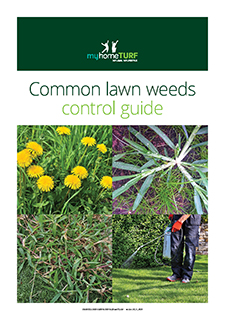What are Perennial Weeds?
Perennial Weeds are longer lived plants that can survive winter or regrow from roots, rhizomes or tubers in spring after a period of dormancy. Many weeds that grow from seed ...

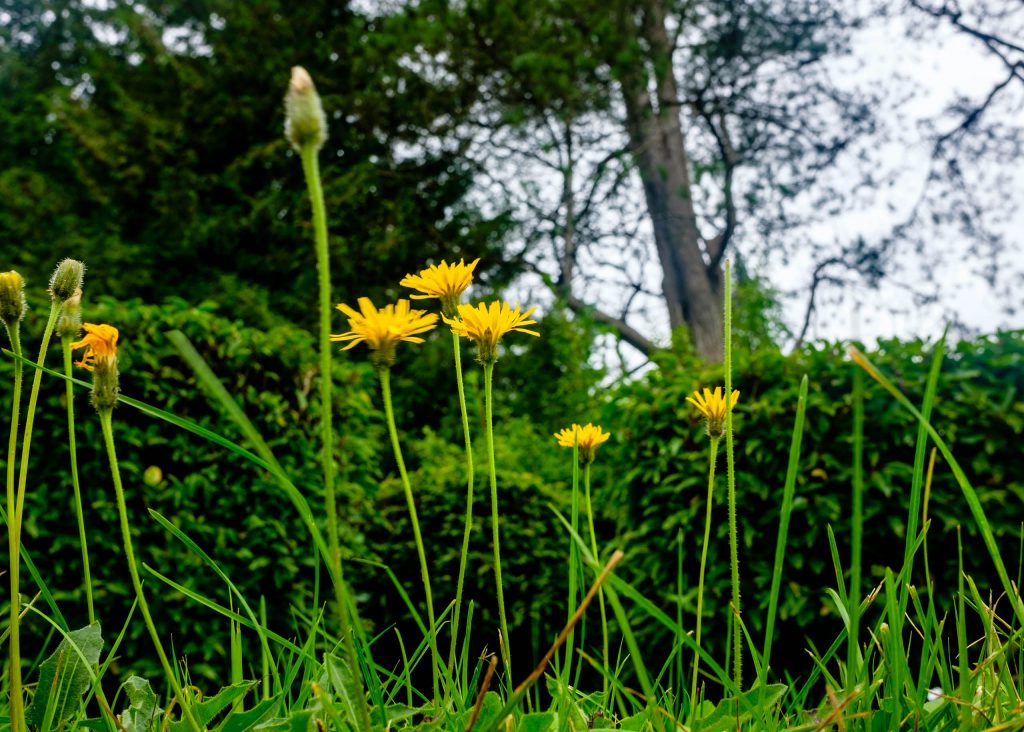 Often mistaken for the English dandelion, catsear weeds can quickly ruin the aesthetic of your lush green garden oasis, with the appearance of yellow flowers in the middle of summer.
Often mistaken for the English dandelion, catsear weeds can quickly ruin the aesthetic of your lush green garden oasis, with the appearance of yellow flowers in the middle of summer.
This perennial weed thrives in dry, compacted soils, and can quickly overwhelm your yard if left untreated.
In this article, we look at the best ways to manage a catsear weed invasion of your lawn.
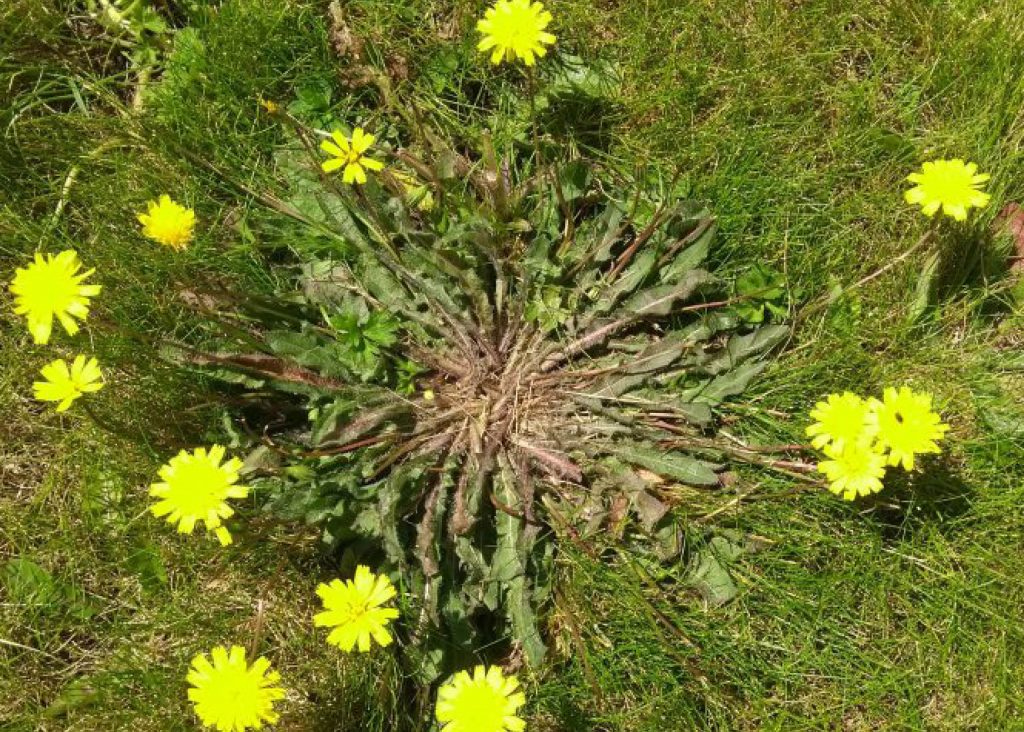 Catsear weed is a perennial herb, most commonly found in cooler to temperate areas of Australia. Known by a variety of common names, including common catsear, flatweed, false dandelion, long-rooted catsear, and hawkweed, catsear weeds are often mistaken for dandelions.
Catsear weed is a perennial herb, most commonly found in cooler to temperate areas of Australia. Known by a variety of common names, including common catsear, flatweed, false dandelion, long-rooted catsear, and hawkweed, catsear weeds are often mistaken for dandelions.
Catsear weed tends to favour compacted soils, or lawns that have been mown too low. It is often found in drier areas and has good drought tolerance thanks to a deep taproot. It also tolerates a range of soil types, textures, and pH levels, but does not grow well in poorly drained soils. Catsear can often be found in pastures, cultivation, lawns, fallow paddocks, disturbed areas, roadsides, and waste places.
The name ‘cat’s ear’ comes from the dense hairs that cover the plant’s leaves. It flowers throughout the summer and can become quite a problem in thin, open areas. It reproduces by seed, and each plant can produce as many as 6000 seeds. Soil moisture and light are required for germination, and most seeds will germinate in autumn. Fortunately, seeds do not survive for long in the soil, and most will degrade within a year if conditions are not suitable for germination.
Catsear weeds can persist in your lawn for several years.
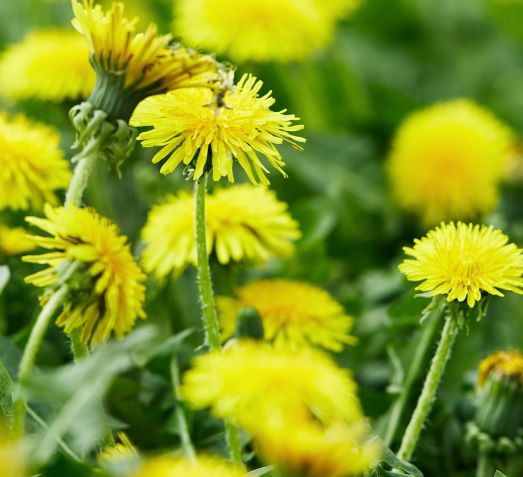 Catsear weeds are commonly mistaken for dandelions. The difference lies in the yellow blooms created by both plants – true dandelions will only produce individual flowers on relatively short stems (up to 25 cm), while catsear weeds can produce tall, slender flower stalks up to 80cm that may develop several small yellow flowers.
Catsear weeds are commonly mistaken for dandelions. The difference lies in the yellow blooms created by both plants – true dandelions will only produce individual flowers on relatively short stems (up to 25 cm), while catsear weeds can produce tall, slender flower stalks up to 80cm that may develop several small yellow flowers.
Catsear is a rosette-forming herb, with a cluster of lobed leaves at the base of the plant, lying flat on the ground. As leaves mature, they develop hairs, and produce a white, milky sap when broken.
In late spring, early summer, an erect stem will arise from the base, growing 15-80cm in height. Unlike dandelions, catsear weeds can produce multiple yellow flowers of 5-15mm in diameter on each stem.
Like many weeds, catsear weeds dominate when lawns are in sub-optimal conditions, and the ultimate method for avoiding an invasion is to maintain the health of your lawn and soil.
When it comes to removing catsear weeds from your lawn, digging and manual removal can be effective strategies. While the plant has a deep taproot, it propagates via seed, not root fragments, so don’t worry too much if you can’t remove the complete root system. Removing the crown of the plant should be enough to reduce its stronghold.
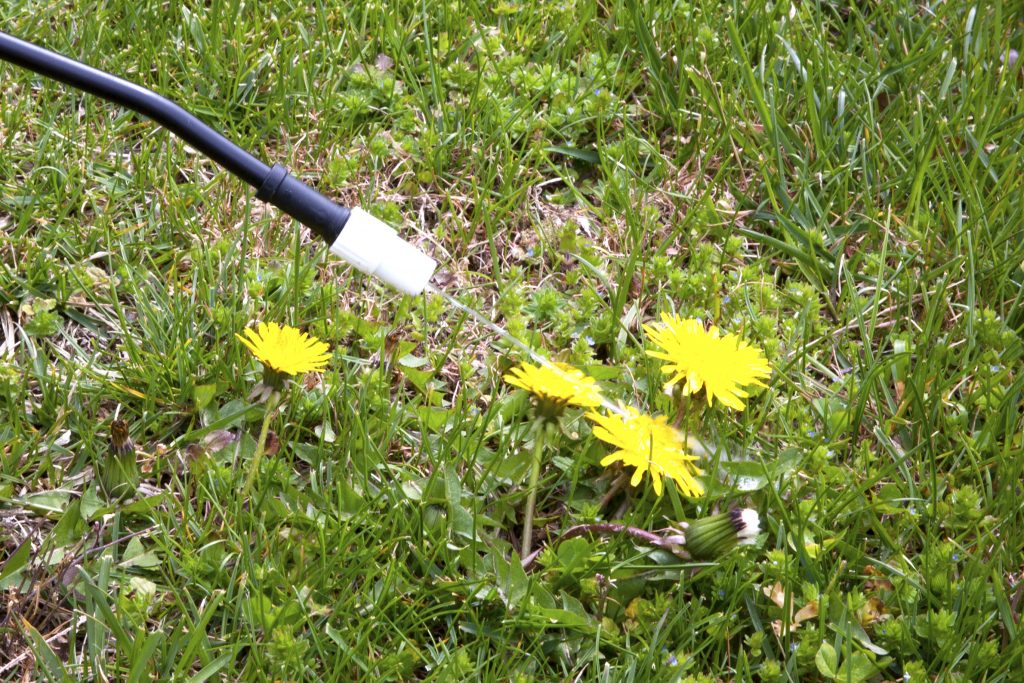 Spot spraying weeds with a selective post-emergent herbicide in autumn can also be effective in controlling young weeds. You should aim to spray the heart of the plant and choose a suitable herbicide for your lawn species.
Spot spraying weeds with a selective post-emergent herbicide in autumn can also be effective in controlling young weeds. You should aim to spray the heart of the plant and choose a suitable herbicide for your lawn species.
Don’t be tempted to manage catsear with your lawn mower – regular mowing can stimulate flower production, and multiply the number of flowers produced, especially if cut too low. Make sure you’re mowing at the correct height for your specific lawn species.
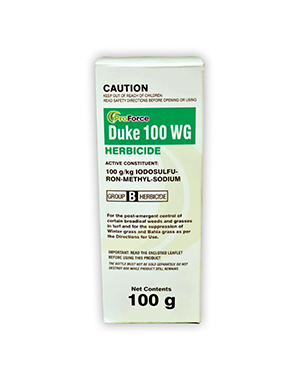
Indigo Duke 100WG 100gm is a Group B post-emergent liquid herbicide that can be used for the control of catsear weed. It should only be used on Kikuyu, Buffalo and common or hybrid Couch grasses, not Queensland Blue Couch. It cannot be used on Zoysia Grass.
SHOP NOW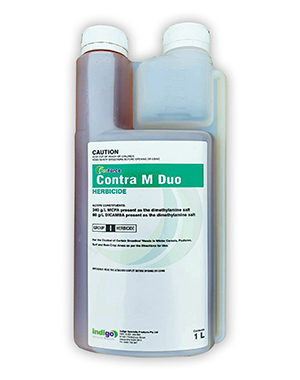
Indigo ProForce Contra M is a reliable, selective liquid herbicide used to control broadleaf weeds, including catsear. It cannot be used on Buffalo lawns, but is suitable for use on Zoysia, Kikuyu and Couch grasses.
SHOP NOWCatsear weeds can be a pain for home gardeners, ruining the aesthetic of your hard-earned lawn. Managing catsear should be focused on improving the vigour of your lawn – regular watering, feeding and maintenance will encourage healthy grass growth, smothering the unwanted weeds. If catsear is causing ongoing headaches, seek advice on the best post-emergent herbicide for your circumstances.
For more information on leading herbicide treatments for your home lawn, visit myhomeTURF’s online store.
Sign up for our Newsletter to receive your free guide.
